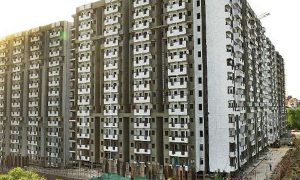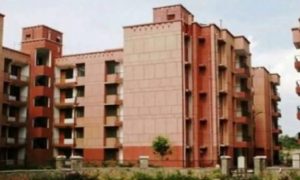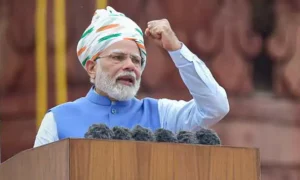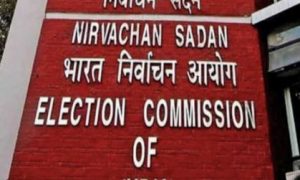What’s really driving the sky-high property valuations of Chandigarh housing?
In recent weeks, I have been travelling to parts within North India. One of the destinations where I spent some time was in the city of Chandigarh.
The story behind the creation of Chandigarh is well known: after independence with the partition of Punjab, the capital city of Lahore went to Pakistan. A new capital was needed and Prime Minister Nehru wanted to create a model city.
Through a combination of plan and fate, the noted architect Le Corbusier got the job to plan and design Chandigarh at the fading end of his career. And in 1952, the story of India’s first planned city began. Thereafter the Punjab Reorganisation Act of 1966 ensured that Chandigarh would become the shared capital of both – Punjab and Haryana.
Model city
Today it will be a churlish man to deny that Chandigarh is a city like no other in India. It works to a master plan. The city is divided into sectors from Sector 1 to Sector 63. Each sector is of 250 acres and has a firm purpose and is self-sufficient.
Sector 1 is the location which houses the High Court, Secretariat, Assembly and forms the glorious architectural legacy of Corbusier. Sector 17 is the commercial paradise. As Corbusier was superstitious and thought the number 13 was unlucky – there was no Sector 13 until recently. Besides the division of sectors – there is intelligent designing of roads. It is green to the extent that it is the only city where 10% of the area is provided for parks and open spaces.
The residents are demanding to the extent that they are emphatic about features like the presence of air, light and ventilation in their housing. Tall buildings are shunned with height restrictions for most structures placed at a mere 35 feet. The tallest building in Chandigarh is the Secretariat which is only eight storeys.
Is it a real estate bubble?
The fascinating thing about Chandigarh is that despite not having the presence of any industry and having a GDP that is half of Goa, it still has one of the most expensive real estate markets in India. Make no mistake—this is no property bubble in the making.
These are prices that have stood the test of property cycles. In the premium sectors, sale of plots happens at levels close to INR 15,000 – 20,000/sqft. As plot sizes are large in several sectors, the minimum transaction size is often over INR 5 crore. In the “affordable” sectors of Chandigarh, the pricing is at levels that are almost on par with that of branded developers in Mumbai’s lesser expensive cousin — Thane.
What’s driving this property valuation of Chandigarh housing? There are several reasons but two in particular that deserve attention.
Sangeet Sharma, a noted architect, says, “It’s primarily a consequence of land scarcity in a city where rules don’t permit vertical growth. In a well-planned and maintained city that has no free land, existing land prices have risen disproportionately. It is in a way a larger version of Lutyens Delhi.”
Moreover, by being the capital of both, Punjab and Haryana, the entire bureaucracy of two states and its allied staff are packed in a land area that is just one-third of tiny Maldives. PK Mukherjee, an urban thinker and former Municipal Corporator, points out that, “Chandigarh is a status symbol. Anyone who is someone in Punjab and Haryana wants to make Chandigarh their base.”
Both the arguments are related. In a country with unplanned and infrastructure deficient cities, an oasis-like Chandigarh is able to garner a steep premium from India’s wealthy.
It may not be a venue for wealth creation but it has positioned itself as a city where wealth creators would like to have a base. Chandigarh is the suburb of Canada or US – in India. A suburb with many of the attributes that lures many Indians to migrate to developed nations.
Its high price point and restrictions have ensured that peripheral cities like Mohali and Panchkula have found an opportunity. The three cities form the Chandigarh Tricity. Panchkula city development is on similar lines to Chandigarh with regards to zoning and sectors. Mohali has moved briskly in recent decades and is now an economic hub with easy connectivity.
As it happens with all successful cities, Chandigarh has its share of problems. Infrastructure is being tested with a rising population. Slum rehabilitation has not worked effectively due to vote-bank politics.
Corruption is slowly but surely taking root, altering the ethos of the city. There is the problem of car parking in a city which has the highest per capita ownership in the country. These are however relatively minor challenges in comparison to the situation faced with other key cities.
Eventually, Chandigarh’s success is a consequence of a system that is at odds with the typical functioning of India’s other cities. It emphasises uncompromisingly quality of life.And provides the systems and infrastructure to make that happen for its population. That’s perhaps the lesson for the rest of Indian cities. Plan. Build. Maintain. The wealth will come.



































